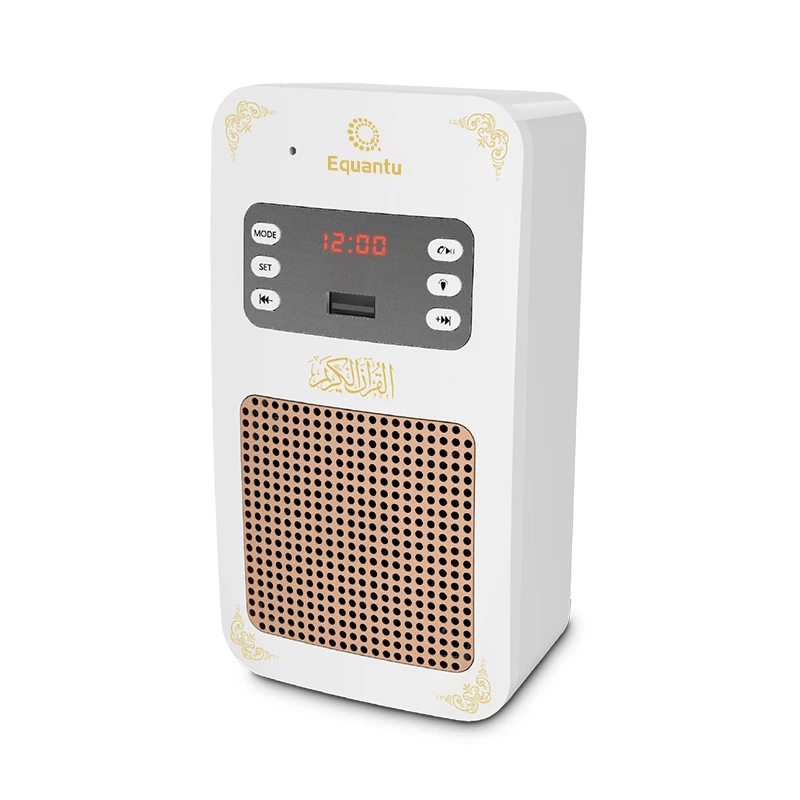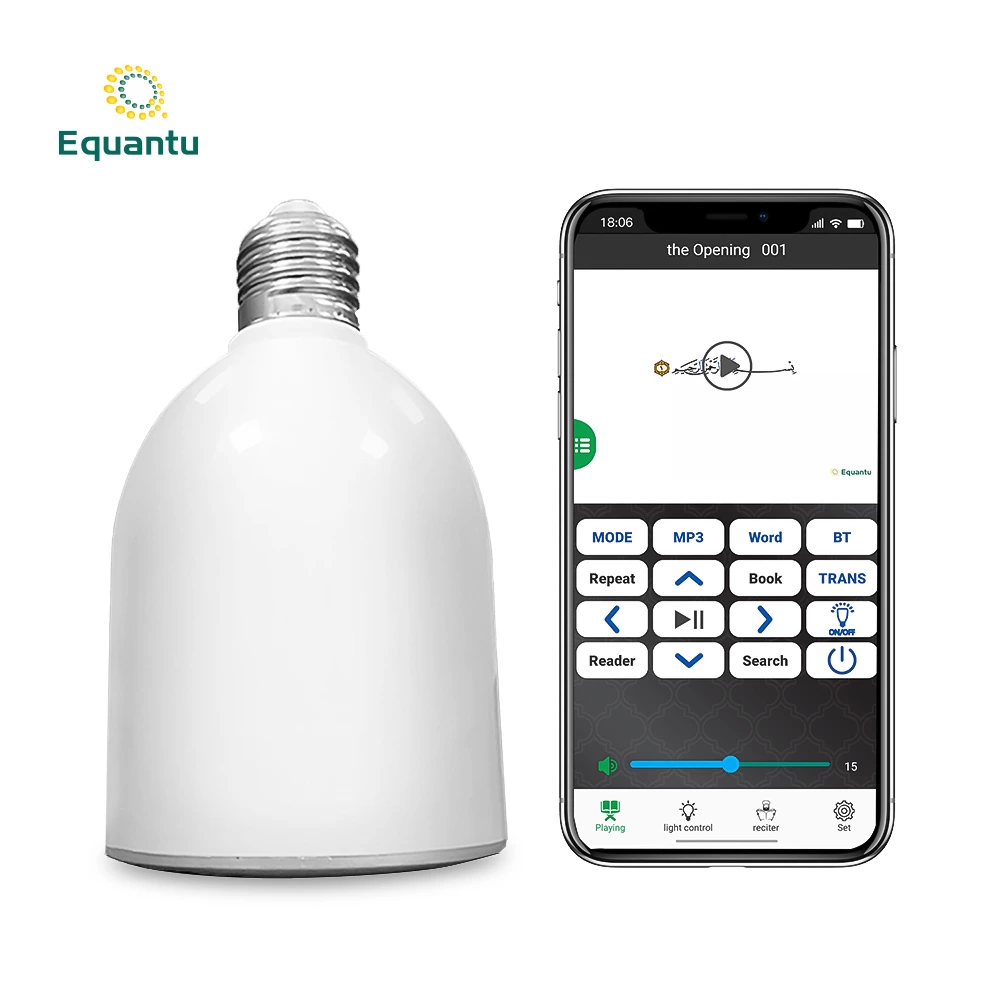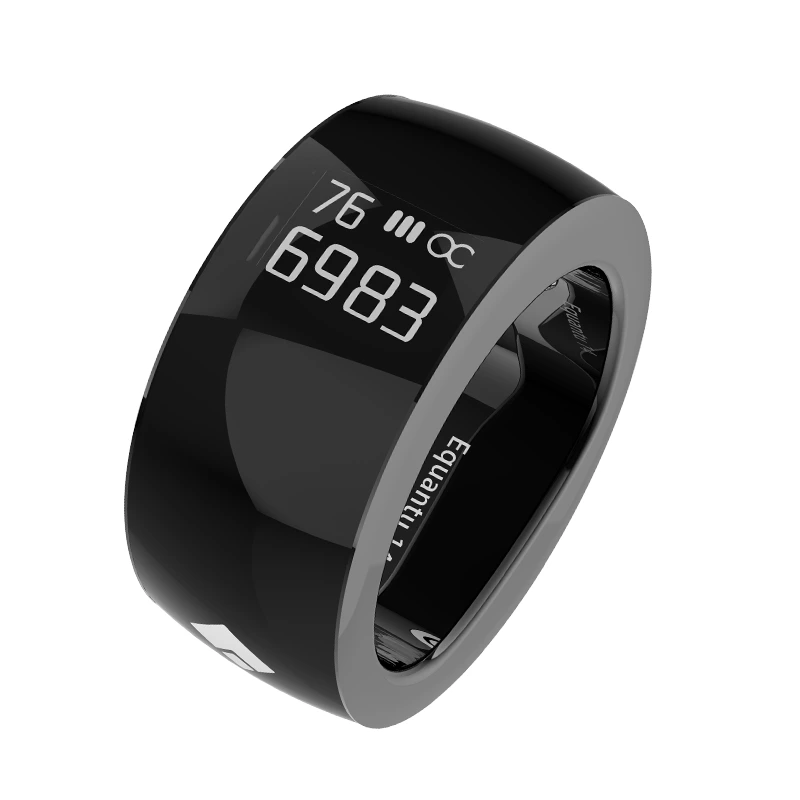Understanding the Basics of Prayer Time Calculation
Islamic prayer times are based on the position of the sun in the sky. This means that prayer times change daily and vary depending on your geographical location. The five daily prayers - Fajr, Dhuhr, Asr, Maghrib, and Isha - each have specific criteria for their start and end times.
Factors Affecting Prayer Times
- Latitude and Longitude: Your position on Earth
- Date: As seasons change, so do prayer times
- Elevation: Affects the visibility of the sun
- Method of Calculation: Different Islamic schools may have slight variations
Traditional Methods of Calculating Prayer Times
Historically, Muslims used various methods to determine prayer times:
1. Observing Natural Phenomena
- Fajr: When the first light appears at dawn
- Dhuhr: When the sun passes its zenith
- Asr: When an object's shadow equals its height (or twice its height in some schools)
- Maghrib: At sunset
- Isha: When the red twilight disappears
2. Using Sundials
Sundials were commonly used to track the sun's position and determine prayer times, especially for Dhuhr and Asr prayers.
Modern Calculation Methods
Today, we use astronomical calculations to determine precise prayer times. Here's a simplified overview of the process:
- Determine the Sun's Position: Calculate the sun's declination and equation of time for the given date.
- Apply Trigonometry: Use spherical trigonometry to calculate the sun's angle at different times of the day.
- Adjust for Location: Apply your latitude and longitude to these calculations.
- Consider Twilight Angles: For Fajr and Isha, calculate the sun's depression angle below the horizon.
Step-by-Step Guide to Manual Calculation
While manual calculations are complex, here's a simplified approach:
- Find Your Coordinates: Determine your latitude and longitude.
- Choose a Calculation Method: Select a method recognized by your Islamic school of thought.
- Determine the Date: Prayer times change daily, so specify the date.
- Calculate Solar Noon: This is when the sun reaches its highest point.
- Calculate Prayer Angles: Apply the specific angles for each prayer time.
- Adjust for Timezone: Convert the calculated times to your local time zone.
Using Technology for Accurate Prayer Times
Fortunately, modern technology has made it much easier to determine accurate prayer times:
1. Prayer Time Apps
Many smartphone apps provide instant, location-based prayer times. Popular options include:
- Muslim Pro
- Athan
- IslamicFinder
These apps use your device's GPS to provide accurate, location-specific prayer times.
2. Online Calculators
Websites like IslamicFinder.org and Al-Islam.org offer prayer time calculators. Simply enter your location to get prayer times.
3. Smart Home Devices
Some smart home devices now offer Islamic prayer time features, providing audio reminders for each prayer.
Customizing Your Prayer Time Calculations
When using apps or online calculators, you can often customize settings to match your preferences or local conventions:
- Calculation Method: Choose from methods like Muslim World League, Islamic Society of North America (ISNA), Egyptian General Authority of Survey, etc.
- Juristic Method: Select Shafi'i, Hanafi, or other schools for Asr time calculation.
- Adjust Angles: Fine-tune the angles for Fajr and Isha prayers.
- Higher Latitudes: Choose a method for extreme latitudes where twilight may persist.
Dealing with Special Cases
1. Extreme Latitudes
In areas near the poles, where the sun may not set or rise for extended periods, special rules apply. Common methods include:
- Using the prayer times of the nearest city where twilight can be distinguished
- Using the last known distinguishable twilight times
- Calculating based on Mecca's prayer times
2. High Altitudes
For high-altitude locations, adjust calculations to account for earlier sunrises and later sunsets.
3. Traveling
When traveling, you can use mobile apps to get accurate prayer times for your current location. Some scholars allow combining prayers while traveling to ease difficulty.
Conclusion
Calculating prayer times based on your location is a blend of traditional Islamic knowledge and modern astronomical science. While the underlying calculations are complex, today's technology makes it easy for every Muslim to access accurate prayer times.
Whether you choose to use a smartphone app, an online calculator, or perform manual calculations, the key is consistency in your prayers. Remember, these tools are meant to assist your worship, not to complicate it.
By understanding how prayer times are calculated, you can make informed decisions about which methods and tools to use, ensuring that you fulfill your religious obligations accurately and confidently.
May this guide help you maintain punctuality in your prayers and strengthen your connection with Allah, regardless of where you are in the world.







